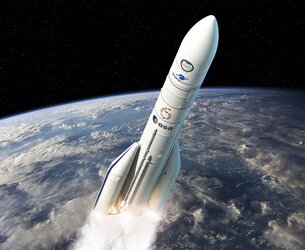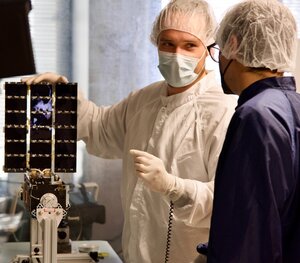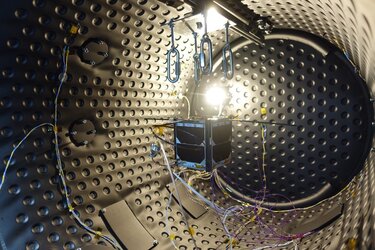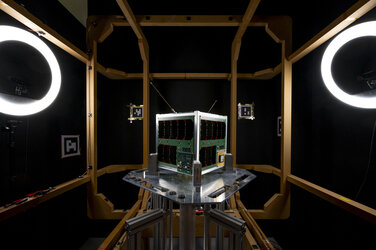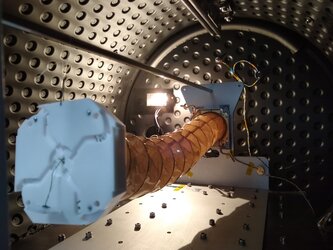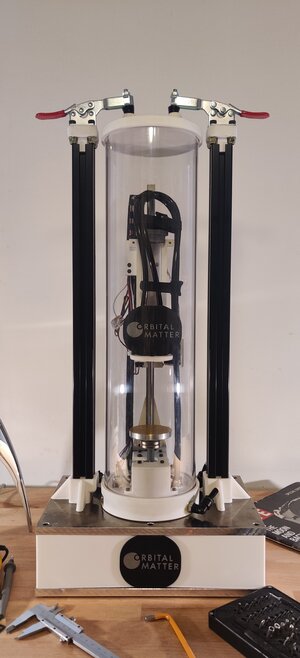Ariane 6 launches: is it a plane? Aircraft spotting with ISTSat
Europe’s newest rocket soon launches, taking with it many space missions each with a unique objective, destination and team at home, cheering them on. Whether launching new satellites to look back and study Earth, peer out to deep space or test important new technologies in orbit, Ariane 6’s first flight will showcase the versatility and flexibility of this impressive, heavy-lift launcher. Read on for all about ISTSat-1, then see who else is flying first.

Knowing where you are, and where others around you are going is instrumental to safe and efficient transport and even more so in aviation. Aircraft use a system called Automatic Dependent Surveillance Broadcast, abbreviated to ADS-B, to send information at all times to air traffic control.
But as almost three quarters of our planet is ocean there are many blind spots where ADS-B information is not received by ground receivers: enter space-based ADS-B reception.

The University of Lisbon in Portugal has developed the smallest type of CubeSat – a cube just 10 cm wide – that is set to launch on Ariane 6 and will be receiving aircraft ADS-B signals as it orbits overhead at 587 km above our planet. Developed at the university’s Instituto Superior Técnico the satellite is called ISTSat and will weigh just a little over 1 kg using a flat, patch antenna to monitor aircraft for a whole year once launched from the Ariane 6 upper stage.
Inspiring education

Although ISTSat-1 will be monitoring aviation, its primary mission is to inspire people in Portugal with a challenging space project. University students from aerospace engineering, electrical engineering, communication networks and computer engineering are working on this project and gaining hands-on experience on how to design, build and manage space missions.
The CubeSat is the fruit of part of ESA’s education ‘Fly Your Satellite!’ programme offering the unique opportunity to be introduced to the working methods adopted in professional space programmes by participating in their own student satellite project.
Measuring success

The data that ISTSat-1 receives from the aircraft flying around the world will be transmitted to a ground station in Portugal and cross-checked with official aircraft ADS-B flight data. If they match, then the students can say they successfully built an operational satellite that flew on the first launch of Europe’s new rocket Ariane 6 – an impressive line to put on your CV.

The check will also allow the characteristics of the school-made antenna to be detailed, determining at what distance and angles it can pick up aircraft signals as well as its accuracy and how robust the satellite is.
“After going through several stages of development, it feels we are going to make history as the first Portuguese university satellite to be launched on the maiden flight of Europe’s heaviest rocket Ariane 6,” says ISTSat-1’s Letícia Araújo, “Our satellite was mainly designed and built by our team in Portugal, which gave us a lot of experience and challenges. I hope our launch to space will encourage the next generations to develop their space projects in Portugal.”




